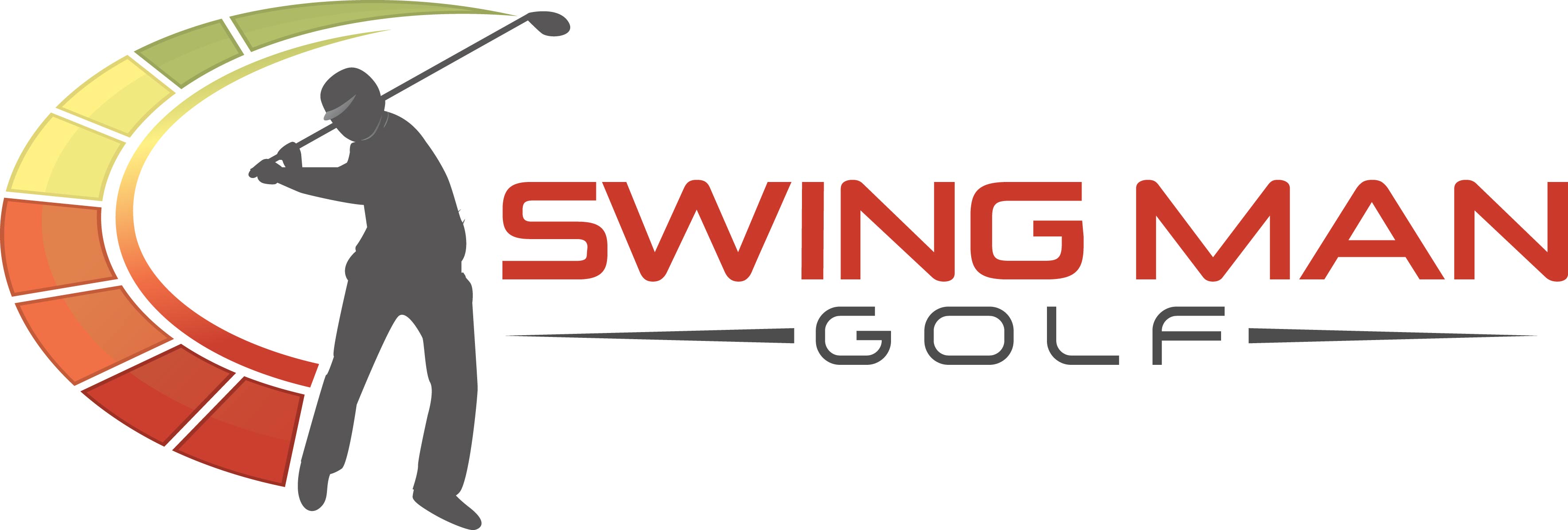By Paul Myers
Finding the optimal launch angle and golf ball flight for your driver can be a constant battle that can have a lot to do with how much distance you actually achieve on the course. Even if you have great club head speed with your driver swing, you might not get the most possible distance from the shot if your club isn’t producing optimal launch conditions. Of course, there is some debate about what kind of launch is actually best, and what will work best on the course in actually playing conditions.
High Drives = Long Carry
Sometimes, players will try to maximize their carry distance so that they can hit the golf ball plenty long even when the course gets soft. It is conceivable that if you wish to get the most distance out of your driver at all times, going for a higher launch and higher golf ball flight might be the right way to go. You will be able to carry some hazards out in the fairway, and could even consider cutting off a dogleg with a high drive that clears the trees without rolling through the fairway. However, there can be a price to pay for this strategy.
High drives have their drawbacks as well. Consider the following three points that might have you leaning more toward using a lower golf ball flight as your preferred trajectory.
- Control. The longer the golf ball is in the air, the less control you have over where it is going. SA shot that is only a couple degrees off line can continue to get farther and farther from the fairway the longer it is in the air. If you get the ball down on the ground earlier, you can limit the damage that you experience from an off line shot, and you will may notice that you find fewer and fewer penalty shots around the course. That doesn’t mean that you shouldn’t go high…just make sure you allow for the wind’s affect on the ball from the extra time in the air.
- Managing conditions. When the weather turns against you, whether it be rain or wind, or both, hitting a high ball off the tee can become a real problem. A good golfer is able to play well in a variety of weather conditions, and that could be problematic for you if the high drive is the only one your club is capable of hitting. Being able to flight the golf ball lower when the conditions get ugly is an ability that can be highly valuable when it is needed.
- Loss of strategy. By using a driver that is designed and tuned to hit the golf ball high and long on each swing, you may compromise on strategy off the tee and have to adjust the ball flights that you wish to use on each hole. Taking this one size fits all approach to tee shots might work well on some courses and conditions, but may be less effective on other courses.
Ultimately, it will be up to you to choose which kind of golf ball flight you are most comfortable with on the courses that you play. There is certainly an argument to be made that a high ball flight can work well off the tee – but there are some drawbacks as well. Experiment with your equipment and swing to create different golf ball flights with your driver and settle on the one that makes you the most comfortable and gives you the best results.
If you liked the article about hitting the golf ball high or not and you think it would help another golfer, please like it.
To learn more about Swing Man Golf products and hit it longer with swing speed training, click here.
And, if you would like to add 30 to 40 yards to your drives over the next 30 days, like thousands of our customers have before you, you might consider our unique Swing Man Golf Swing Speed Training.
Use the tool below to find out a.) how fast your swing speed should be and b.) how fast you COULD swing it soon:
